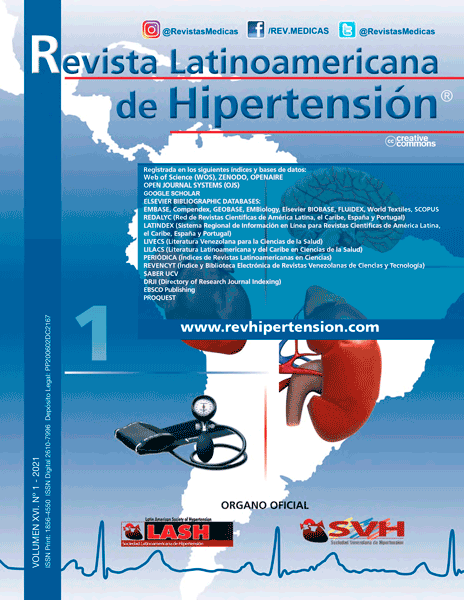Study of the association between the congenital uterine septum and Polycystic ovarian syndrome in infertility tertiary center in Iraq
Keywords:
Infertility, Uterine septum anomalies, PCOSAbstract
Objective: The reproductive outcomes with patients who have both polycystic ovary syndrome (POC) and uterine anomalies are poor. The study aims is to assess the association between congenital uterine septum anomalies and PCOS in infertile patients.
Patients and Method: A retrospective case -control study on a cohort of 1374 consecutive patients seeking fertility advice at a tertiary specialized Tiba fertility Clinic, during the period of January 2015 to July 2019. The study depends on the Endocrine Society released practice guidelines for the diagnosis of PCOS. All women with suspected PCOS were screened for thyroid disease, hyperprolactinemia, and nonclassical congenital adrenal hyperplasia. Gynecological examination, ultrasonography, hysterosalpingography (HSG), magnetic resonance imaging (MRI), and combined hysteroscopy and laparoscopy were all used as methods of diagnosis. Infertile patients are subdivided into two subgroups based on the presence or absence of associated congenital uterine anomalies. Patients diagnosed with PCOS were observed as a group. The interrelationship between the congenital uterine anomalies subgroups was thoroughly studied in diagnosed patients with or without PCOS.
Results: There were no significant differences between means of age according to hysteroscopy results including (Septum or normal) P value 0.068. The percentage of infertile women with septum who had PCOS was (31.9%) which represents 219 women from a total 687 women. There was a significant association between hysteroscopy results and polycystic ovarian syndrome. A higher percentage of PCOS (31.9) was presented among patients with a septum in comparison to (24.0%) among those with normal hysteroscopy P-value 0.001.
Conclusions: There was an association between polycystic ovary syndrome (PCOS) and congenital uterine septum in infertile patients that might exist between the two reproductive health problems.

